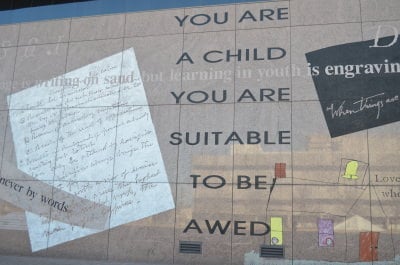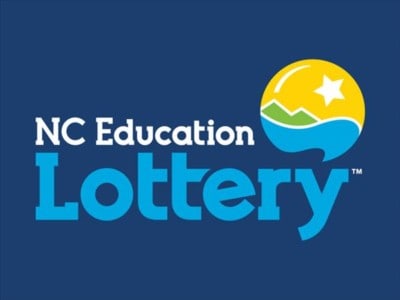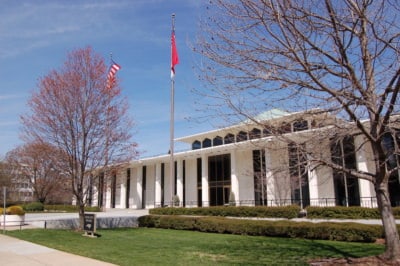

Share this story
- The state Department of Public Instruction @ncpublicschools recently announced the disbursement of nearly $400 million for school construction projects. But where did the money come from and who does it go to? #nced
- “We were able to support districts in desperate need of replacing entire buildings but did not have the funding to do so,” said Robert Taylor, @ncpublicschools deputy superintendent, about nearly $400 million in grant funds given to districts. Where’s the money coming from? #nced
Last week, superintendents gathered at the North Carolina Department of Public Instruction (DPI) to celebrate the distribution of almost $400 million in needs-based school construction grants.
Twenty-eight districts received grants, which will provide funding for 42 projects such as new schools, renovations, and new classrooms, according to a DPI press release.
“Just as all students in North Carolina need an excellent teacher in every classroom, students and teachers need high quality schools in good repair that help support learning,” said State Superintendent of Public Instruction Catherine Truitt in a press release. “These needs-based grants are an important boost for many districts and communities — and most importantly, their students.”
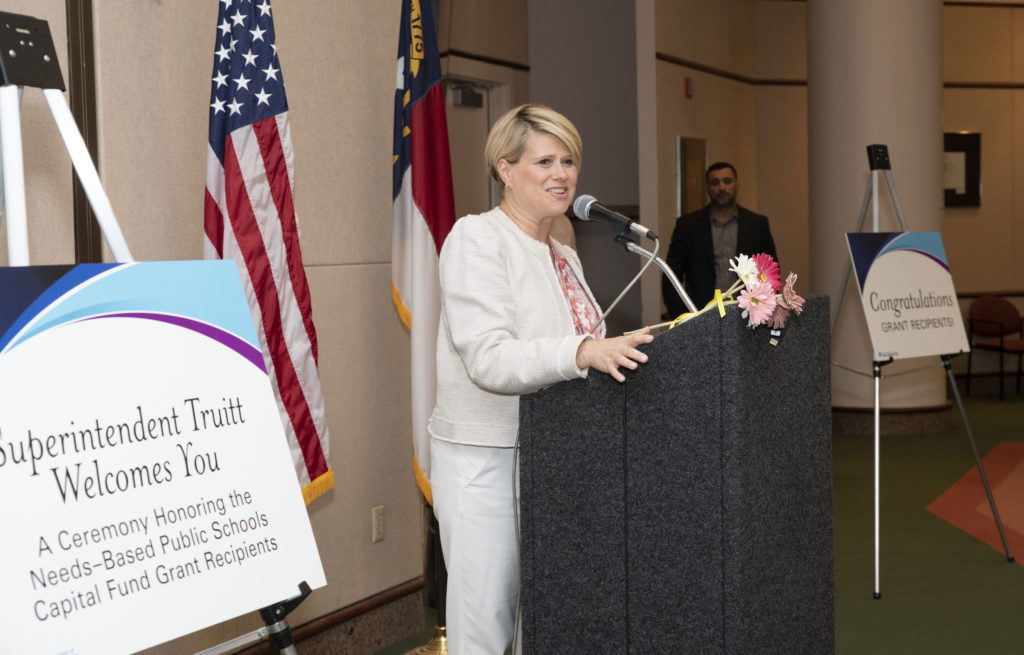

The grant distribution this year is the largest in the history of the needs-based public school capital fund, which has sent out $739 million in the last five years, funding “60 new K-12 construction projects, including 33 new schools, eight new buildings, and the replacement of 44 existing schools,” according to the press release.
Here’s which districts received this year’s awards, what they’re being used for, and how much each district received. For example, Polk County Schools will receive $1.3 million for an addition to Tryon Elementary School, Warren County Schools will receive $24 million to build a new elementary school, and Mooresville Graded School District will receive $615,750 for renovations to two schools.
All of this raises a question: What in the world is the needs-based public school capital fund?
School construction money from the state
To answer that question, you need some background.
Generally speaking, school construction and other local capital needs are not the state’s responsibility. Money for those types of projects is supposed to come from school districts themselves.
The exception is the North Carolina Education Lottery. Proceeds from that are allocated by the state to districts for capital needs using two different funds.
Below is how we got here and where we stand, according to this brief from the North Carolina School Boards Association and two documents from DPI which you can see here and here.
In 1987, North Carolina created the Public School Building Capital Fund (PSBCF). Funded from corporate income tax revenue, this money was given to districts from the state for capital projects.
When the North Carolina Education Lottery started in 2006, proceeds were directed to the Public School Building Capital Fund. Initially 40% of the education portion of lottery proceeds were for this fund. Over time, that percentage decreased after legislators put a cap in place — $100 million now goes from the fund to help pay for school capital projects. Additionally, lawmakers did away with the corporate income tax revenue contributions in 2013.
By 2016-17, the percentage of lottery proceeds going to school construction had dropped to 16.9%.
So, in 2017, the General Assembly created the needs-based public school capital fund to provide lottery funds to districts more in-need. According to the School Boards Association, the plan was to try to get lottery proceeds towards school construction back up to 40%.
Here is a list of all the awards given out since the program’s inception.
Originally, if a district got money from the needs-based public school capital fund, they were ineligible to get money from the PSBCF for five years, but that changed in last year’s budget.
All of this comes amid the backdrop of huge need across the state for construction-related funds. According to the 2020-21 facility needs report, construction needs for North Carolina districts total $12.8 billion. Just five years prior, it was $8 billion.
“We were able to support districts in desperate need of replacing entire buildings but did not have the funding to do so,” said Robert Taylor, deputy state superintendent for school and student advancement, in a press release. “We were also able to support several smaller projects, that while not costing millions such as a building replacement, proved to be equally important in the funding structure for districts. A $2 million renovation is a significant undertaking for a small/low-wealth district.”
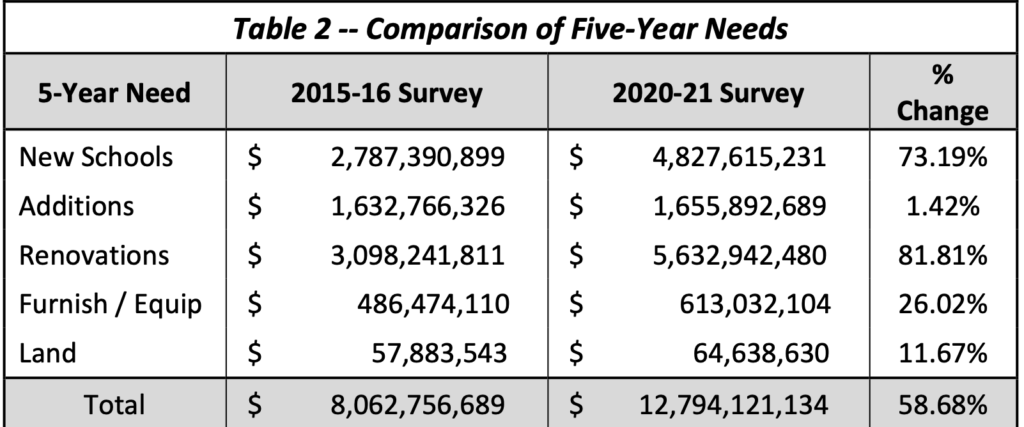

Correction: This article originally said that when the North Carolina Education Lottery started in 2006, funding for the Public School Building Capital Fund switched over to this from corporate income tax revenue. Lottery funding did begin funding the Public School Building Capital Fund in 2006, but it did not replace corporate income tax revenue.


